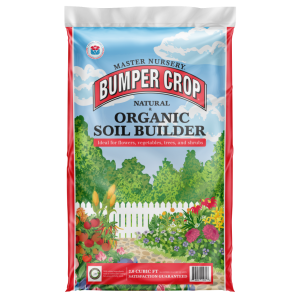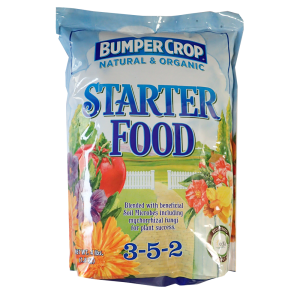Designing a Japanese garden is an art form that requires careful planning and attention to detail. These gardens aim to create a space for relaxation, contemplation, and beauty. Here are some steps to help you design your own Japanese garden.
- Choose a style: Japanese gardens come in many styles, including rock, tea garden, pond, and dry landscape. Deciding your preferred style is the first step to creating your unique space.
- Select plants: Plants are an essential part of a Japanese Garden. Choosing traditional plant species that suit your climate and soil conditions is critical, ensuring they will thrive in your area.
- Create pathways: Pathways craft an inviting atmosphere as they lead visitors through the garden to various focal points or areas of interest, such as water features or benches. Paths may also be used to divide the garden into distinct sections.
- Incorporate water: Water is an important element, representing life and serenity. Use a pond or fountain as a focal point and combine it with other water features, such as streams and cascades.
- Add structures: Traditional Japanese structures like pavilions or gazebos are perfect for creating an atmosphere of calm contemplation in your garden. They can also provide shade and shelter from wind and rain.
- Add accents: Accents enhance the beauty of a garden. Popular items include stepping stones, lanterns, wind chimes, stone statues, and bird baths.
10 Traditional Japanese Garden Plants
Plants are considered an essential element of a Japanese garden due to their cultural significance. Plants symbolize and evoke the beauty and tranquility characteristic of a traditional Japanese garden design. For centuries, plants have been used to bring out the natural elements while creating harmony and balance within the garden and helping to create a sense of peace and calm.
1. Bamboo: Bamboo is popular in Japanese gardens, as the hollow plants represent resilience and strength. It can be used to create a natural fence or barrier for privacy or artfully arranged to create an interesting sight line within the garden.
2. Pine: The needle-like leaves of pine trees are an iconic part of the traditional Japanese garden, with some species growing up to 120 feet tall. The pine symbolizes longevity and endurance, making it a popular choice for gardens seeking to create a sense of calm.
3. Cherry: When cherry blossoms bloom in the spring, they add beauty and grace to the garden. With delicate pink petals and a sweet fragrance, cherry blossoms represent the ephemeral nature of life.
4. Wisteria: This beautiful flowering vine is often trained to climb trellises or pillars for a dramatic effect in the garden. It’s said to bring luck and fortune to homeowners who cultivate it.
5. Azalea: Azaleas are popular flowering shrubs renowned for their vibrant hues and sweet fragrance. They bring a burst of color to the garden in springtime, when they bloom in a wide array of colors.
6. Maple: The importance of Japanese maples in Japanese garden design cannot be understated. They come in a variety of sizes and colors, and their branches often twist and turn in unique, beautiful shapes that make them a focal point of the garden.
7. Iris: Irises are cherished for their tall, elegant stems and brightly colored petals. These flowers symbolize courage, hope, and faith in Japan, making them a perfect garden addition.
8. Hydrangea: The delicate petals of hydrangeas look like snowflakes, making them a popular choice for adding structure and color to the garden. Hydrangeas represent gratitude in Japan, so they’re often used to say thank you or show appreciation.
9. Bonsai: This traditional art form is often used to add depth and dimension to a Japanese garden. Perfectly manicured miniature trees are specially grown and shaped to create a unique addition to the space.
10. Moss: Soft, lush mosses are often used as groundcover, adding texture and charm to the space. Mosses thrive in shaded areas, perfect for creating a cool and tranquil atmosphere.
Before beginning any style garden or landscape project, always lay out your design on paper. It will save you a tremendous amount of time, money, and tension. Also, ensure that your garden thrives by planting with the very best soil amender and fertilizer available:
- Master Nursery® Bumper Crop® Soil Builder [Eastern & Midwestern Regions | Western Region]
- Or, if your garden is in the Western Region, you can use Master Nursery® Bumper Crop® Soil Conditioner.
- Incorporate Bumper Crop® Starter Food at planting time.
Our soil calculator is a handy and helpful tool if you need to determine how much soil amender you will need.
By combining these principles, plants, and elements, a beautiful and peaceful atmosphere may be achieved, bringing tranquility to your home and garden. By planting with Bumper Crop® products, you ensure the longevity of your plants as you create your own unique version of paradise with a Japanese garden.
Need more gardening inspiration? Click here.












